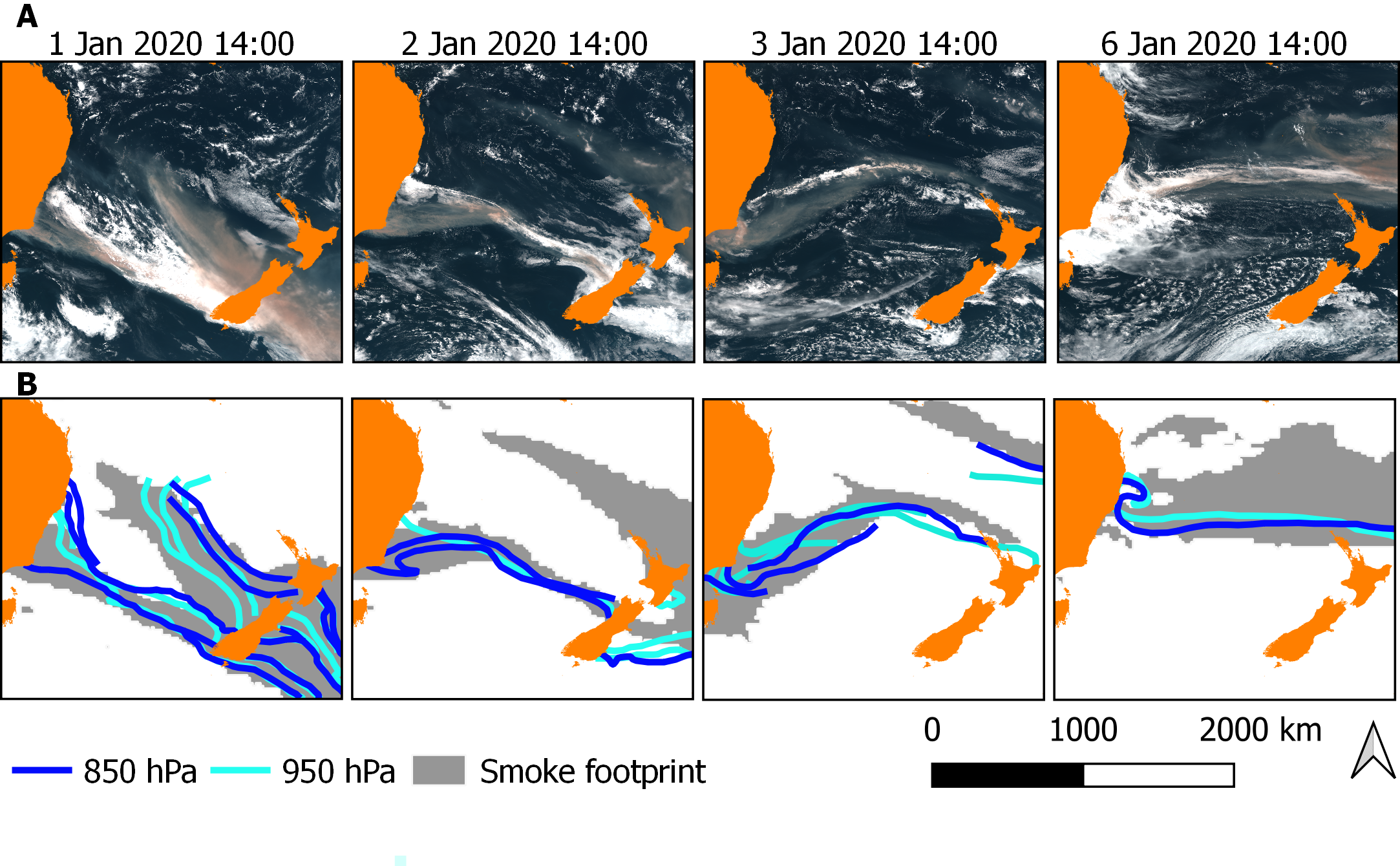New Zealand Winegrowers is part of the Programme Advisory Committee (PAC) for a research project led by Scion, Protecting Aotearoa from Aerial Invaders in a Changing Climate. Scion is a Crown Research Institute that specialises in research, science and technology development for the forestry, wood product, wood-derived materials, and other biomaterial sectors.
Entomologists and atmospheric scientists are collaborating with industry partners, iwi, Taranaki Regional Council, and local community initiatives on the five-year MBIE Endeavour funded research programme. The research aims to strengthen New Zealand's biosecurity and develop a warning system to help us predict when meteorological conditions might occur that are likely to deliver insects and pathogens to our shores, spread by the wind.

Currently, there is a critical gap in biosecurity defences that allows insects and pathogens to reach New Zealand via the wind and spread until they are detected by our surveillance systems. The problem could worsen with the changing climate. As we know, a warming planet greatly increases jet stream instability, as seen in storm frequency, intensity, and severe turbulence.
The team estimates that preventing the establishment of just one serious pest could contribute NZ$0.125 -1.25 billion through avoided losses in primary sectors such as viticulture, horticulture, and forestry. There is also a real threat to our biodiversity, native vegetation and forests. It could also impact the maintenance of carbon sequestration.
Some recent arrivals via the aerial pathway that are impacting our primary industries and native estate include Myrtle Rust and Fall Army Worm.

Like in the horticultural industry, the New Zealand forestry industry has battled multiple unwelcome insects and pathogens. Wind-borne organisms such as rust fungi (Melampsora medusae, M. larici-populina) successfully undertake long-range dispersal and are now established here. Both rusts were first detected in Australia, then shortly after found on our shores – forcing the poplar industry to focus resources on breeding for resistance. Noticeable and colourful Australian pest insects such as butterflies and moths have regularly been recorded in New Zealand, often clustered on the west coast following northwesterly winds.
Throughout the research programme, monitoring of atmospheric transport via airbridges, quantifying how insects and pests move between the Earth’s surface and upper atmosphere, atmospheric survival data, and a case study in Taranaki will inform the development of a new warning tool—the Aerobiological Surveillance and Prediction System (ASaP). This could eventually protect our whenua from unwelcome new pest organisms by showing agencies when and where to look to detect new organisms.
The project's learnings will also be shared with tamariki in the Taranaki region through a community outreach and educational project being co-designed with iwi.
Scion would like to acknowledge their partners in the project: University of Canterbury, NIWA, Virgina Tech, Taranaki Mounga Project, Taranaki Regional Council, Maanaki Whenua, AgResearch and Plant and Food Research. Alongside MBIE, funding is also contributed by Te Uru Kahika – Regional and Unitary Councils Aotearoa and The Foundation for Arable Research.
Scion’s website - Protecting Aotearoa from Aerial invaders
Journal paper - In the wind: Invasive species travel along predictable atmospheric pathways



